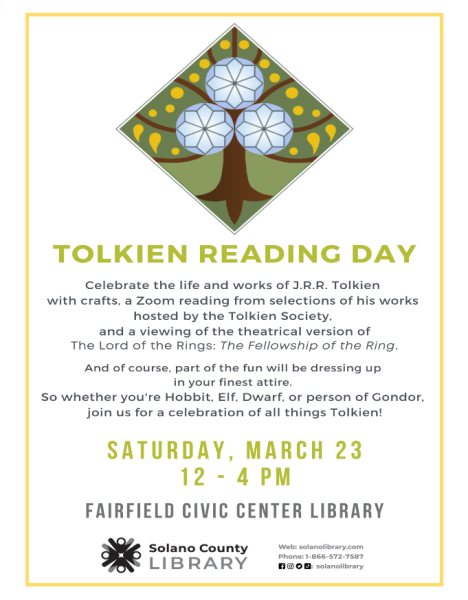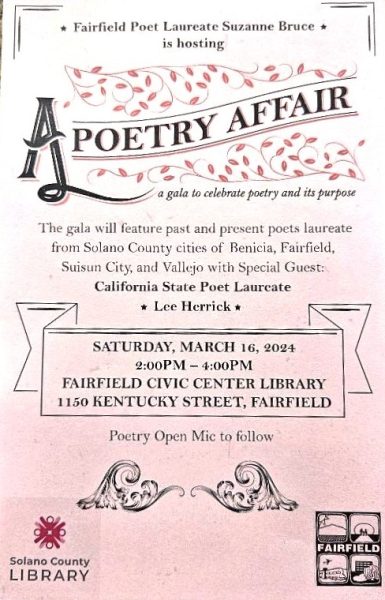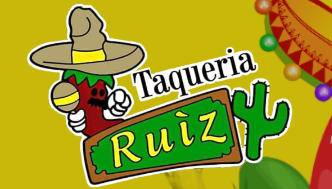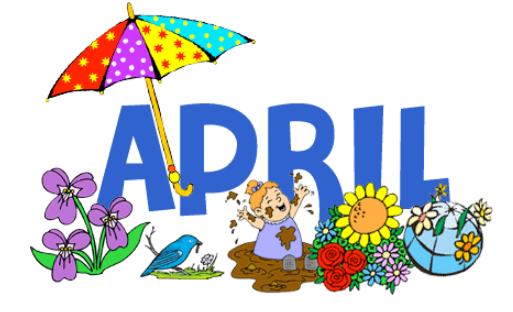A special day for pranksters
Photo by Braydon Anderson on Unsplash
April Fools' Day is the perfect time for you to release your inner prankster.
Despite being such an iconic day, the exact origins of April Fools’ Day (aka All Fools’ Day) are still a mystery. Some believe the day was named after the “April Fools” who were slow to transition from the Julian to Gregorian calendar. Prior to the 1500s, the French celebrated New Year’s Day on April 1 instead of January 1.
Others believe that April Fools' Day is linked to Hilaria, a Roman festival celebrating Cybele—Rhea’s Roman counterpart, the personification of Mother Earth, and the mother of all living things—at the end of March. To mimic Mother Nature making mockeries out of people with unpredictable weather, Cybele’s followers dressed up and also mocked people.
However, what is known for sure is that the practice of pranking people began in 18th century Britain. According to History.com, “On April 1, 1700, English pranksters begin popularizing the annual tradition of April Fools’ Day by playing practical jokes on each other.” From England, pranking on April Fools’ Day spread to Scotland where it became a two-day event. On the first day, people were sent on fake errands and pinned signs on people’s backsides on the next.
From there, April Fools’ Day blossomed into the day we all know and love.

“For a second, I was thinking that I might write 5 articles this time. Then I reminded myself that I'm weak and can't handle it.”
Maya Nneoma Adimora...









